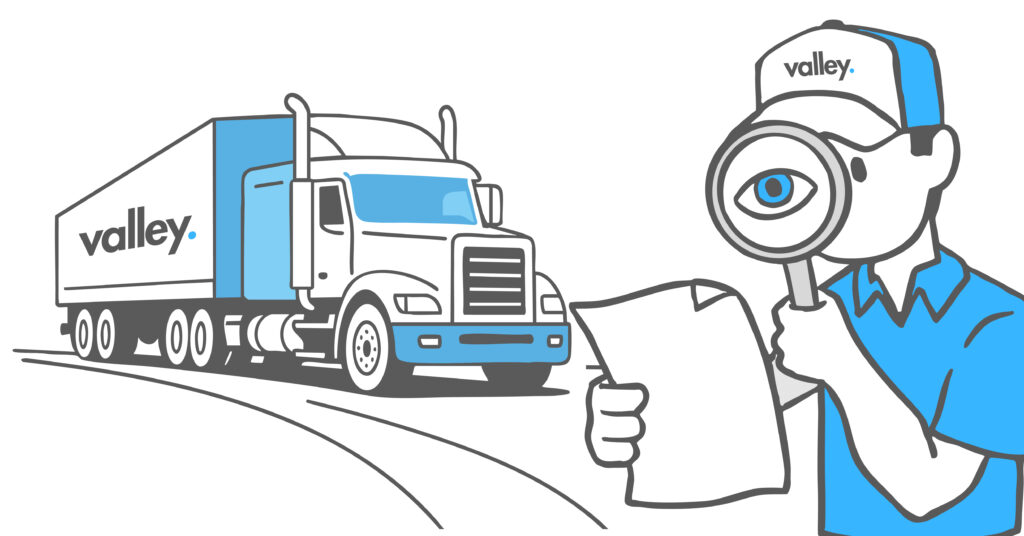Predictive Maintenance in Trucking: Stop Breakdowns Before They Happen

Predictive maintenance in trucking is becoming a game-changer. Every hour a truck is off the road costs money. When breakdowns happen, they affect more than repair bills. Fleets face late deliveries, stressed drivers, unhappy customers, and long-term damage to reputation. Unplanned downtime is one of the most expensive risks for logistics leaders. The question is, can you stop breakdowns before they occur? With predictive maintenance, the answer is yes.
Quick Answer
Predictive maintenance in trucking uses sensors and data analytics to identify early warning signs of failure. By acting before parts fail, fleets cut repair costs, reduce downtime, improve safety, extend vehicle life, and boost reliability.
Real-World Results from Predictive Tools
One fleet operating 300 trucks adopted sensor-based predictive maintenance. By tracking engine performance, tire pressure, and brake wear in real time, the company spotted problems before they caused roadside breakdowns.
The results were significant:
- Breakdowns dropped by 40%.
- The company saved over $700,000 in a year.
- Trucks stayed on the road, customers were satisfied, and reliability improved.
This shows how predictive tools turn raw data into early warnings, giving maintenance teams time to fix issues before they grow. Similar results are being reported across the industry as predictive tools mature (FreightWaves, https://www.freightwaves.com/news/predictive-maintenance-provides-pathway-to-cost-savings-in-challenging-market).
From Preventive to Predictive
Preventive maintenance follows a fixed schedule, such as every 10,000 miles or three months. It helps but is not perfect. Sometimes trucks are serviced too early, wasting parts, or too late, leading to breakdowns. Predictive maintenance takes a smarter approach. Sensors, telematics, and analytics detect performance changes. Repairs happen only when needed but before failure.
Benefits include:
- Lower repair costs.
- Less downtime.
- Safer operations.
- Longer vehicle life.
- Stronger customer trust.
Why Downtime Is So Expensive
Predictive maintenance matters because downtime is costly:
- Roadside repairs can cost $450–$750 plus lost time (FleetOwner, https://www.fleetowner.com/refrigerated-transporter/reefer-operations/article/55307411/how-to-use-proactive-maintenance-to-cut-downtime-increase-roi ).
- Missed deliveries lead to penalties, lost contracts, and customer dissatisfaction.
- Stranded drivers face stress and burnout, raising turnover.
- Repeated breakdowns raise insurance claims and harm safety scores.
Across a fleet, downtime costs can reach millions per year. Predictive maintenance removes uncertainty by preventing failures.
Where CEOs Can Start Small
Getting started does not need to be costly or complex. Steps include:
- Use existing telematics: Enable predictive features in current platforms.
- Watch key indicators: Spot red flags such as strange vibrations, fuel drops, or engine heat.
- Test before scaling: Pilot predictive tools on a small group of trucks, then expand.
- Train mechanics: Ensure staff respond quickly and effectively to alerts.
Predictive Maintenance and Insurance
Predictive maintenance improves more than operations. It strengthens risk profiles:
- Fewer breakdowns mean fewer accidents.
- Better safety scores improve compliance.
- Insurers reward proactive fleets with better renewal terms and possible lower premiums.
Common Mistakes to Avoid
To succeed with predictive maintenance, avoid these pitfalls:
- Ignoring data: Collecting without acting wastes value.
- Complicated rollout: Start simple with one metric, then expand.
- Lack of training: Drivers and mechanics must understand alerts.
- Not tracking ROI: Compare breakdown and cost data before and after adoption.
The Future of Predictive Maintenance
As technology improves, predictive maintenance will become even stronger:
- More accurate sensors for earlier warnings.
- AI-driven predictions using millions of data points.
- Automatic part ordering integrated with supply chains.
- Driver apps giving real-time alerts for early fixes.
This makes predictive maintenance not only a cost-saving tool but a long-term strategy for resilience.
FAQs on Predictive Maintenance in Trucking
What is the difference between preventive and predictive maintenance?
- Preventive is schedule-based. Predictive uses data to act before failures.
Does predictive maintenance require new tools?
- Not always. Many fleets already have telematics that support predictive features.
How soon can results be seen?
- Often within the first year, especially from fewer breakdowns and lower costs.
Does predictive maintenance improve safety?
- Yes. It reduces risks from worn brakes, low tire pressure, or engine faults.
Can predictive maintenance lower insurance costs?
- Yes, indirectly. Insurers reward fleets with better safety records.
Final Thoughts
Fleet leaders do not wonder if breakdowns will happen. They ask when. Predictive maintenance gives an answer: not today. By preventing failures before they occur, fleets enjoy fewer roadside calls, happier customers, safer drivers, and stronger profits. Every hour of uptime adds value. Investing in predictive maintenance is investing in stability, trust, and growth.
